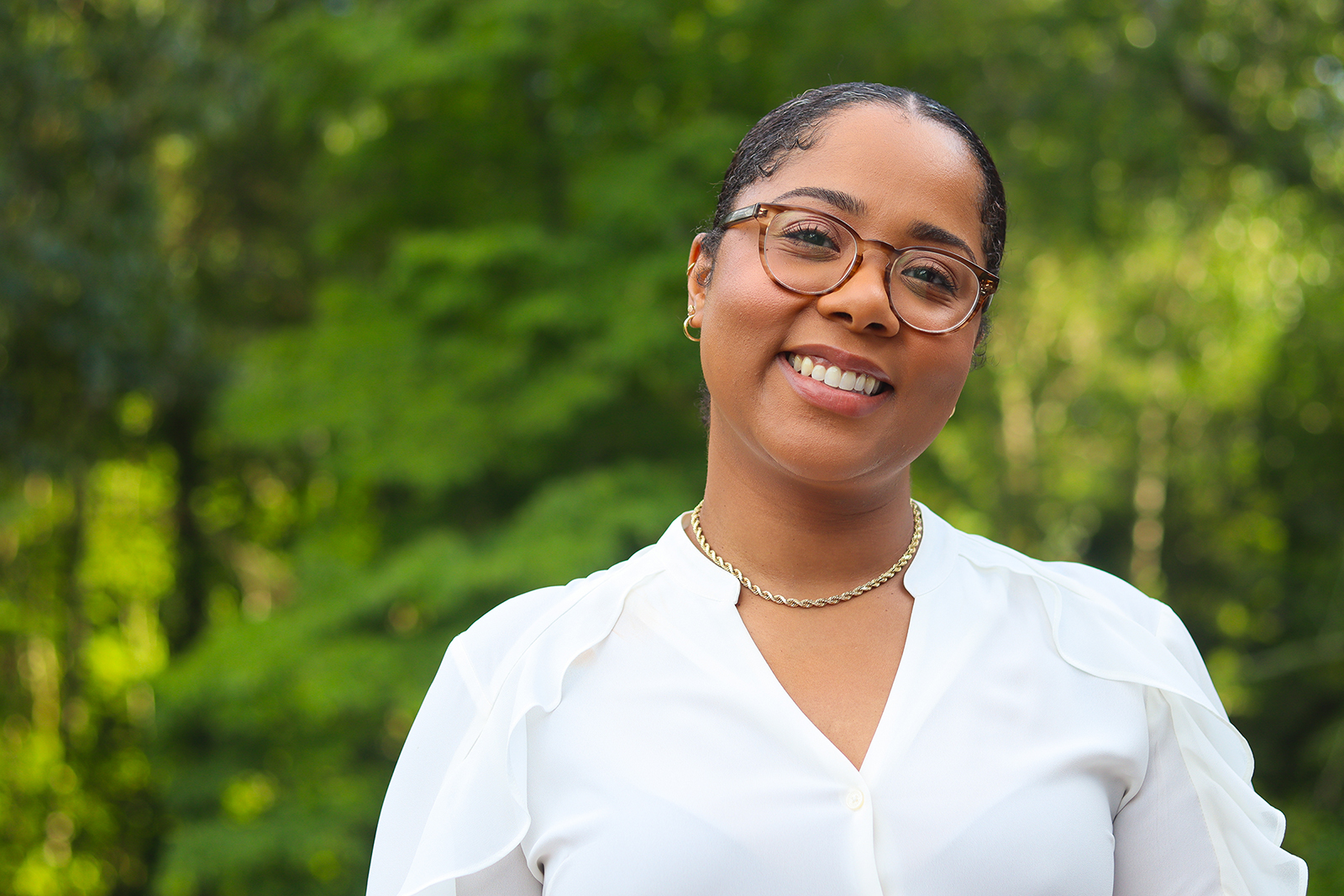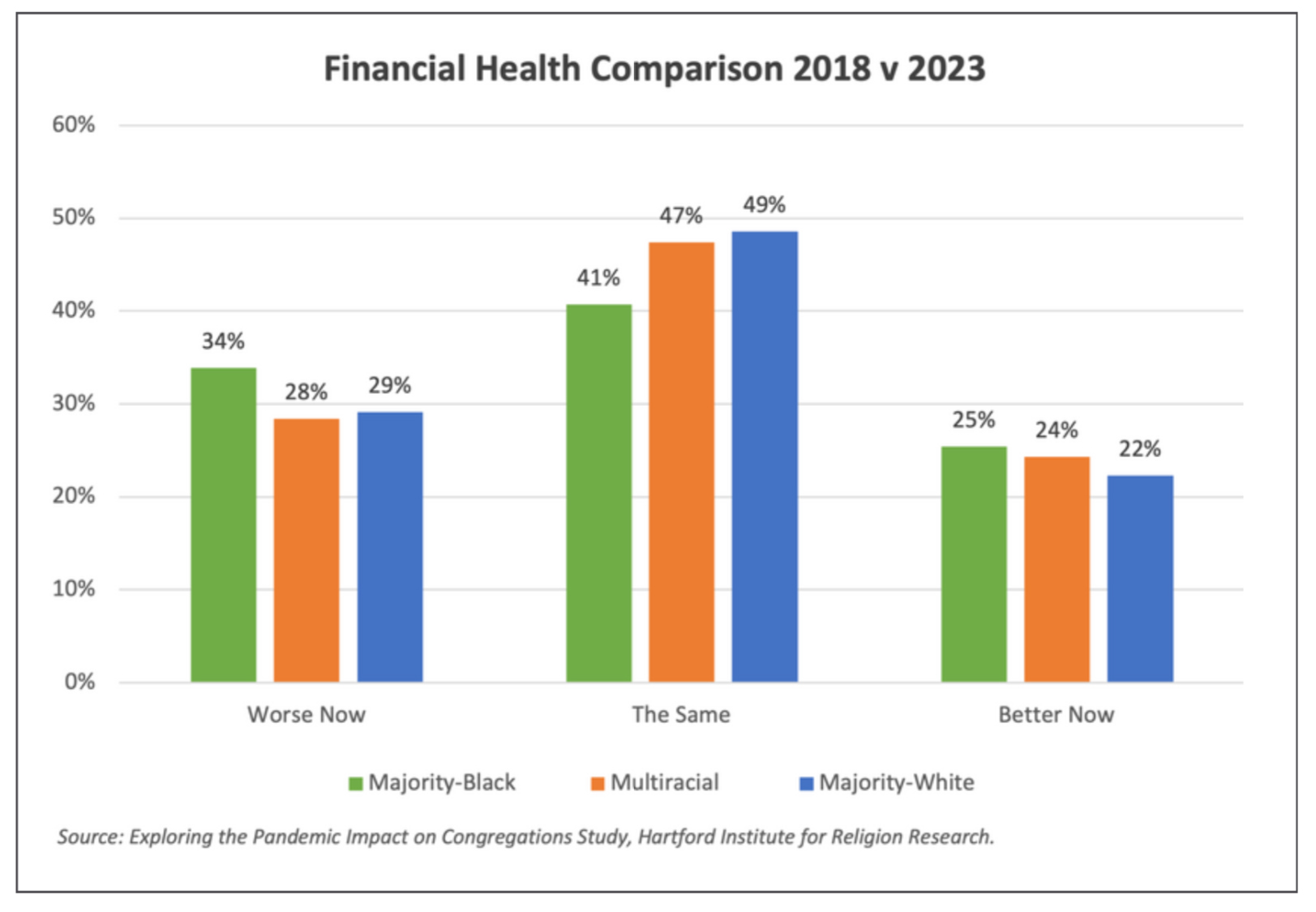(RNS) — Black majority congregations, known for their high levels of community outreach during the COVID-19 pandemic, have remained the most stable in combined attendance — in person and online — compared with multiracial and white majority congregations.
But they are also facing the greatest monetary struggles, with 34% reporting their financial health is worse in 2023 than in 2018, compared with 29% of majority white congregations and 28% of multiracial congregations.
A new report highlights the challenges faced by Black and multiracial congregations, as well as their resilience, in the wake of a pandemic that prompted significant changes in worship and community service.
RELATED: Black Church Coalition Names Reparations, Voting, Health Equity Among Priorities
“As far as opening up as vaccine sites, to actually put in place mitigation measures — so whether that’s shutting down, encouraging masks — majority Black congregations and multiracial congregations led those efforts,” said B. Clarvon Watts, author of “Understanding the Pandemic Impact on Black and Multiracial Congregations.”
“Financial Health Comparison 2018 v 2023” (Graphic courtesy of HIRR)
Watts is a sociologist and postdoctoral research fellow at the Hartford Institute for Religion Research, which released the report on Thursday (Jan. 4).
Black congregations — affiliated with mainline, evangelical and historically Black denominations — often were significantly more involved in some responses to COVID-19.
Nearly all those surveyed — 99% — encouraged vaccinations, compared with 53% of majority white congregations and 49% of multiracial congregations, defined in the report as those where no one racial group comprises more than 80% of the congregation.

B. Clarvon Watts. (Submitted photo)
Watts said many congregations featuring nonwhites embraced hybrid services as they adapted to the pandemic. While majority white congregations were the most likely to offer a virtual worship opportunity at least once a week (82%), Black majority congregations were the most likely to offer multiple online worship opportunities throughout the week (27%), compared with 23% of multiracial congregations and 15% of white majority congregations.
The community involvement during the pandemic was an extension of the “octopus legs” of Black churches, explained Watts. Historically, these congregations often operated as hubs for providing education, legal and health opportunities for African Americans, who were often unable to access those resources elsewhere due to discrimination and segregation.
RELATED: As Black Church Grapples With Mental Health, Clergy Are Both Subject and Solution
“You’re trying to meet multiple, multiple needs,” she said of the pandemic-influenced hybridity, “trying to provide in person and virtual worship, virtual programming, whether that’s education or it’s gathering to pray or gathering to do Communion.”
Likewise, multiracial congregations often sought to use the hybrid model for the range of families in their congregations, from working parents to immunocompromised congregants, she said.


